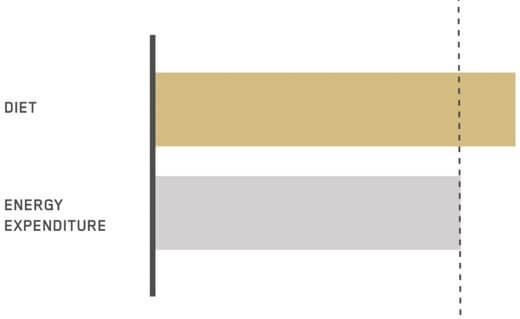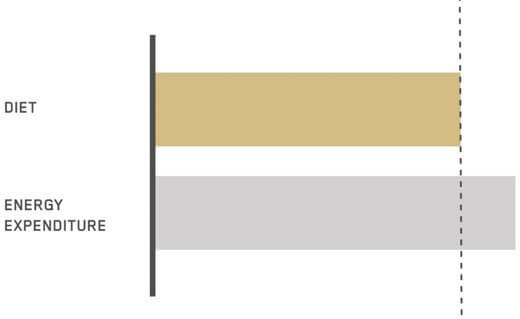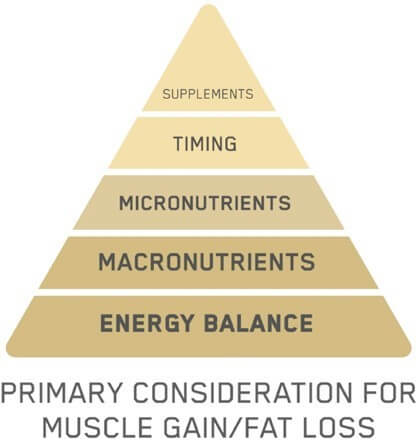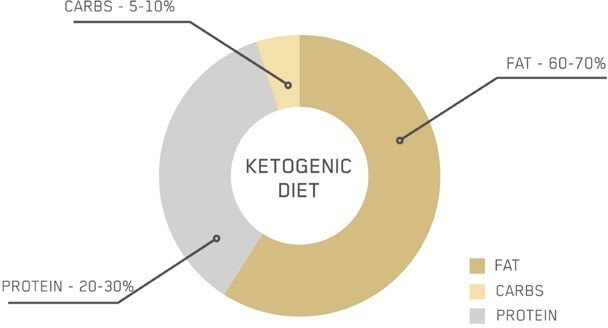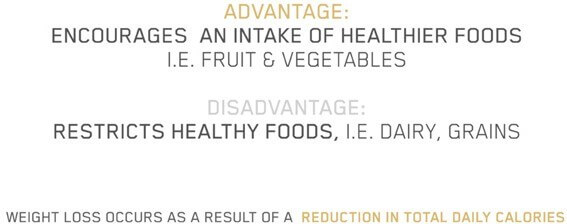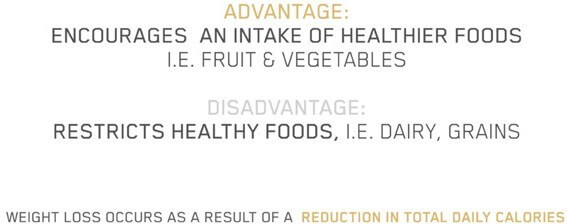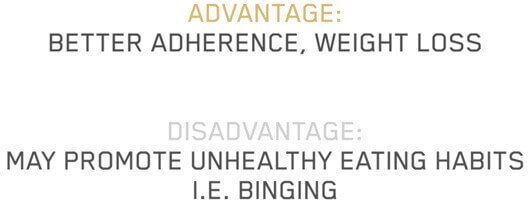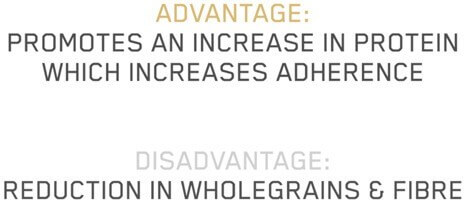Its all about Energy Balance!
- Energy Intake = Daily Calories Consumed Through Food and Drink
- Energy Expended is Total Energy Used by the Body Over a 24 Hour Period and is Comprised of:
- Resting Metabolic Rate (RMR)
- Thermic Effect of Feeding (TEF)
- Thermic Effect of Activity (TEA)
Energy Balance is When Energy Intake is Equal to Energy Expended
Energy Balance = Weight Maintenance
Positive Energy Balance
- Positive Energy Balance = Calories Consumed >Calories Expended
- Positive Energy Balance = Weight Gain
Negative Energy Balance
- Negative Energy Balance (“Calorie Deficit”) = Calories Consumed Is < Calories Expended
- Negative Energy Balance = Weight Loss
- For fat loss, there must be a negative energy balance/ calorie deficit
Energy Balance for Muscle Gain or Fat Loss
Primary considerations for Muscle Gain/Fat Loss
- The below diagram sets the hierarchy of importance when setting clients goals
Popular Diets, what are they? how do they work?
The Ketogenic Diet
The Ketogenic Diet Forces the Body into Ketosis, Which Occurs When the Body Uses Fat as a Fuel Source.
- Based on a Diet Composed of 60-70% Fat, 20-30% Protein, 5-10% Carbs
- Body Converts Dietary Fat to Ketones
- Ketones are used as a Fuel Source when Glucose/Glycogen Availability is Low
- Food: High-Fat; Avocados, Nuts, Full Fat Dairy, Seeds, Oils , & Non-Starchy Vegetables
- Weight Loss Occurs as a Result of a Reduction in Total Daily Calories
- One Advantage of the Ketogenic Diet is that it May Promote Satiety
- One Disadvantage is that it may be hard to adhere too, due to the Very Restrictive Nature of the Diet
The Palaeolithic Diet
The Palaeolithic Diet is based on Eating Foods Similar to those Eaten by Our Ancestors, with a Focus on Protein, Vegetables Fruit and Nuts.
Along with the Removal of Dairy, Grain and Refined Sugars and Flour.
The Alkaline Diet
- The Alkaline Diet is based on Removing Foods that Create Acidity within the Body
- The Body Tightly Regulates the pH level within the Body to Between 35 and 7.45
- If the pH Level Falls Outside 8-7.8, Cells and the Body Stop Functioning Properly
Intermittent Fasting
Intermittent fasting (IF) is a time restricted feeding protocol.
- Clients may find it easier to stick to a short term deficit with diet breaks rather than a prolonged non-stop deficit
- This strategy may be useful for clients who are very busy or who get bored of dieting quickly
Low Carbohydrate Diet
- Eat a diet low in carbohydrate (CHO)
- Limit CHO to < 100g per day with high protein and moderate fat intake
- Diet based on the theory that insulin promotes fat storage thus reducing carbohydrates will reduce insulin secretion and reduce fat gain
- Research has proven this theory to be untrue
- By reducing CHO, you reduce overall caloric intake which often creates a caloric deficit and subsequently fat loss
So the Truth, all diets are only successful when it comes to energy balance! there must be a calorie deficit
Summary
- A Calorie Deficit is Critical for Weight Loss
- Different Dietary Strategies May Suit Different People
- There is No ‘One-Size Fits All’ Approach
- Reducing Calories Should Suit Your Clients Lifestyle
- Reduction in Calories Should Promote Adherence
- All Diets Succeed as they Reduce Energy Intake Compared to Energy Expended




